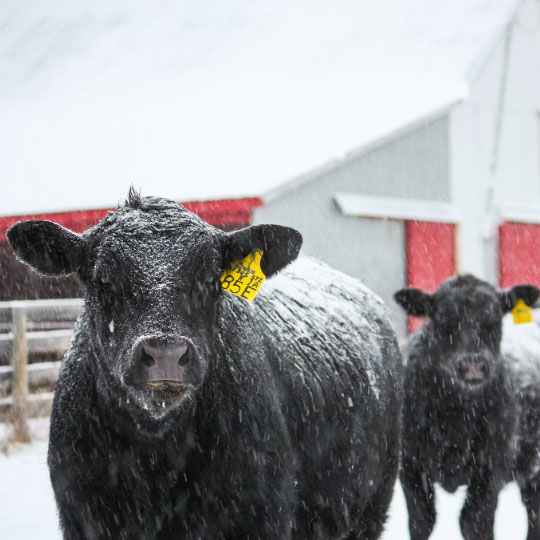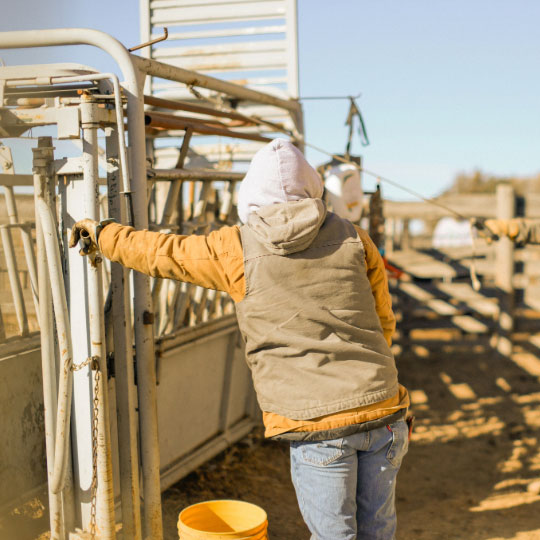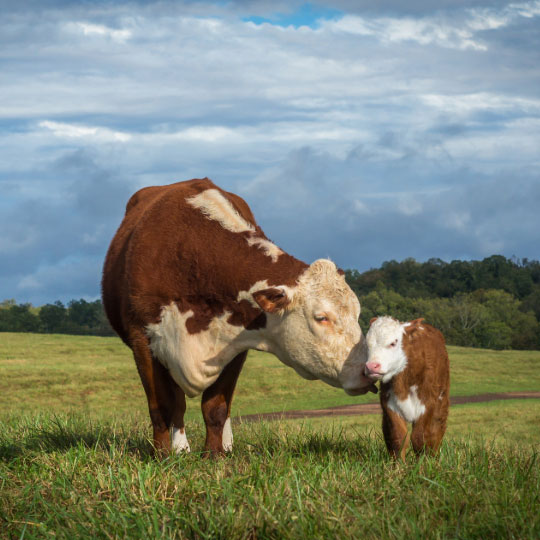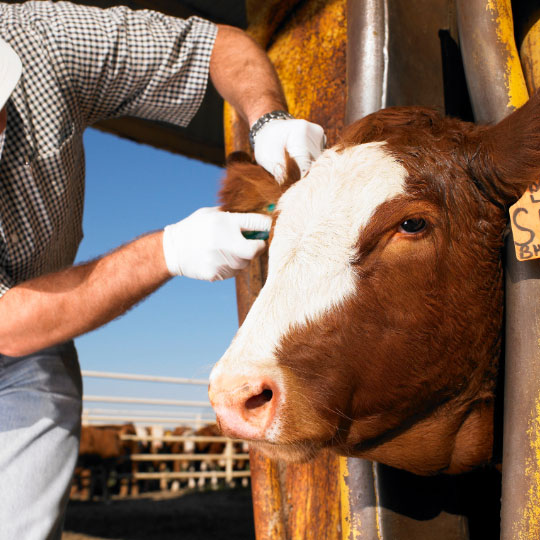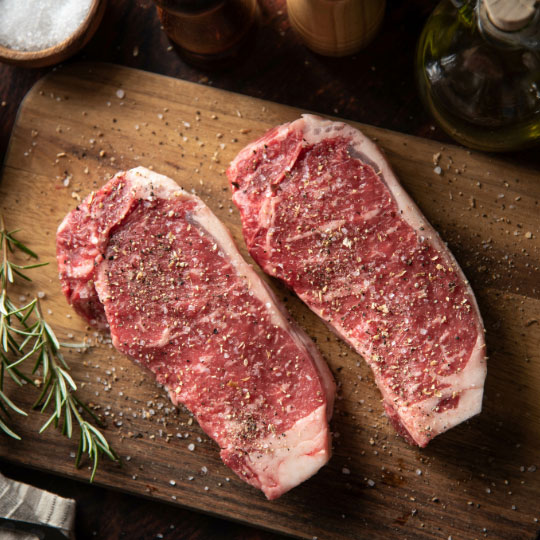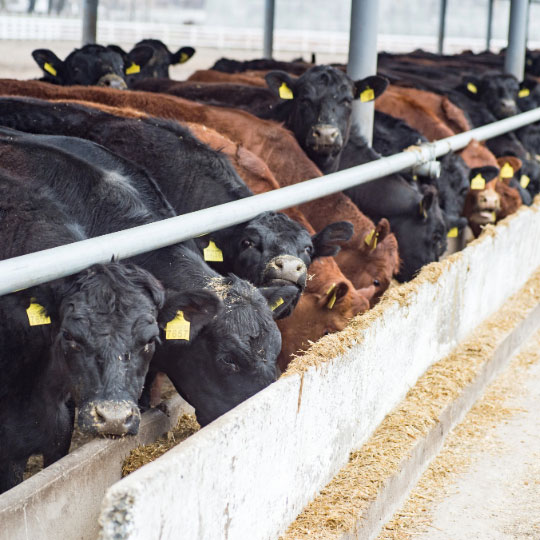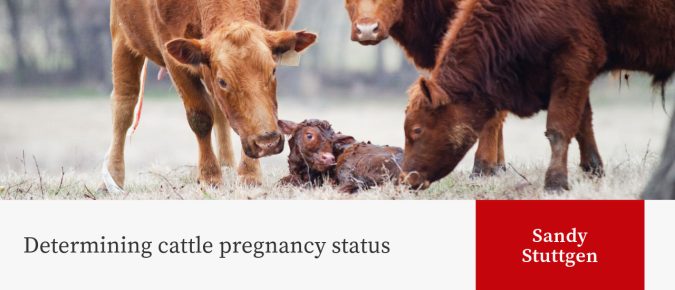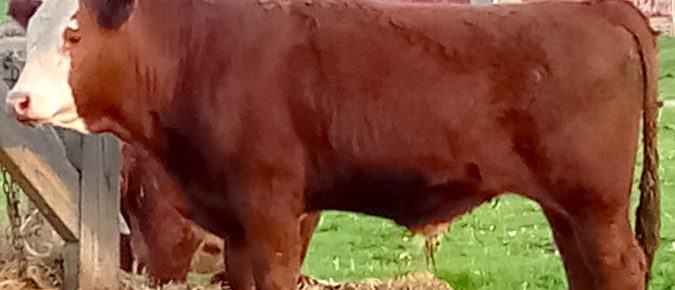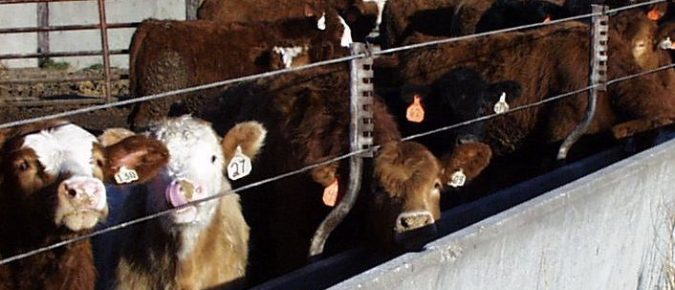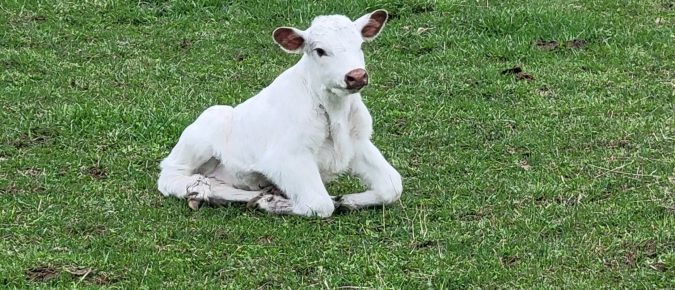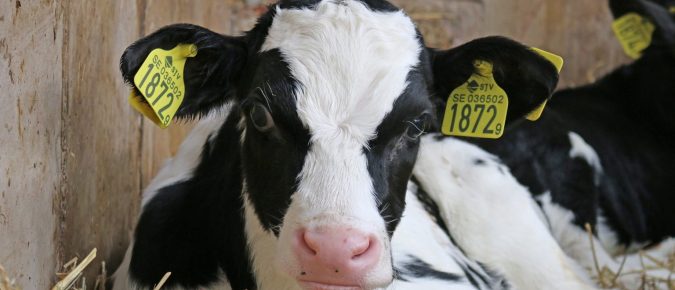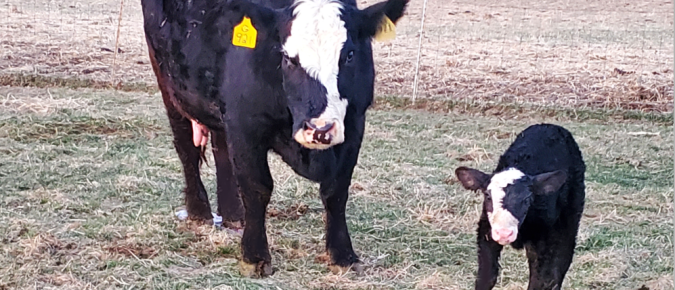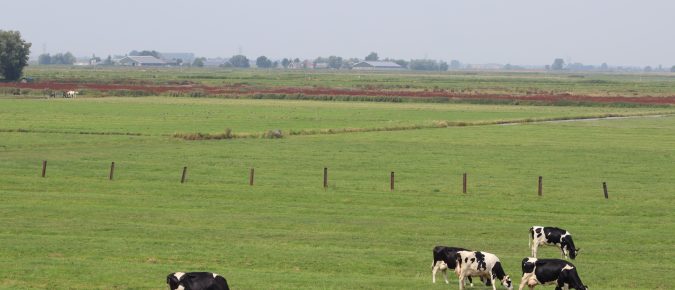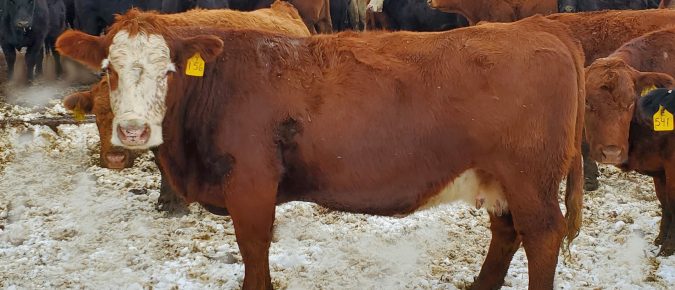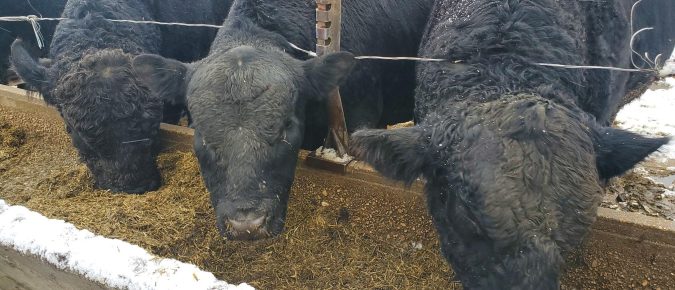Rainfall has been scarce in Wisconsin this growing season with most parts of the state in moderate to severe drought. While some parts of the state have recently received some much-needed rain, forage yield has already been reduced and we don’t know what the rest of the growing season will bring.
It is important to determine pregnancy status so action toward the non- regnant cows can be taken.
Since the 1950’s, the FDA has approved several steroid hormone implants for use in beef cattle. These implants are used in all production phases from nursing calves through the finishing phase and are labeled for sex, age, or stage of production.
Shopping for deals and managing inventory are two ways to lower livestock drug costs. Have you ever been confused by the different brands available? How do you know which is the better buy?
Green is my favorite color. Green tree buds, lawns, and pastures signal that winter is finally over. It’s very tempting to turn young stock out onto newly green pasture. We are tired of indoor feeding and cleaning, and we have fieldwork and other chores to attend to. However, tempting as it is to open the pasture gate, first remember these worm management steps.
The importance of colostrum is no secret to dairy and livestock producers. Unlike many other species, the placenta of cattle prevents the transfer of antibodies from the dam to the calf in the uterus. Instead, calves must rely on colostrum, the cow’s first milk, to pass antibodies from dam to calf.
As spring calving season wraps up for some cow-calf producers throughout the state, now is the time to take a few minutes to evaluate how the calving season shook out.
Many beef and small ruminant producers are looking forward to pastures greening up in Wisconsin. In some pastures that will include troublesome weeds. Management timing for weed control is narrow for some species and can be the difference between success and a waste of time and money.
Good winter management practices contribute to healthy cattle, reasonable feed costs, and long-term productivity of the beef cow herd. There will be times during the winter when it will be necessary to adjust the ration to help cows through cold conditions.
As the cold weather sets in and winter feeding begins, many bulls have already been removed from the cows to wait for the next breeding season. During this time away from the cows, bulls may be expected to require minimal maintenance to thrive through winter, but it is important to understand the significance of meeting bulls’ needs to ensure their dependability for the next breeding season.

